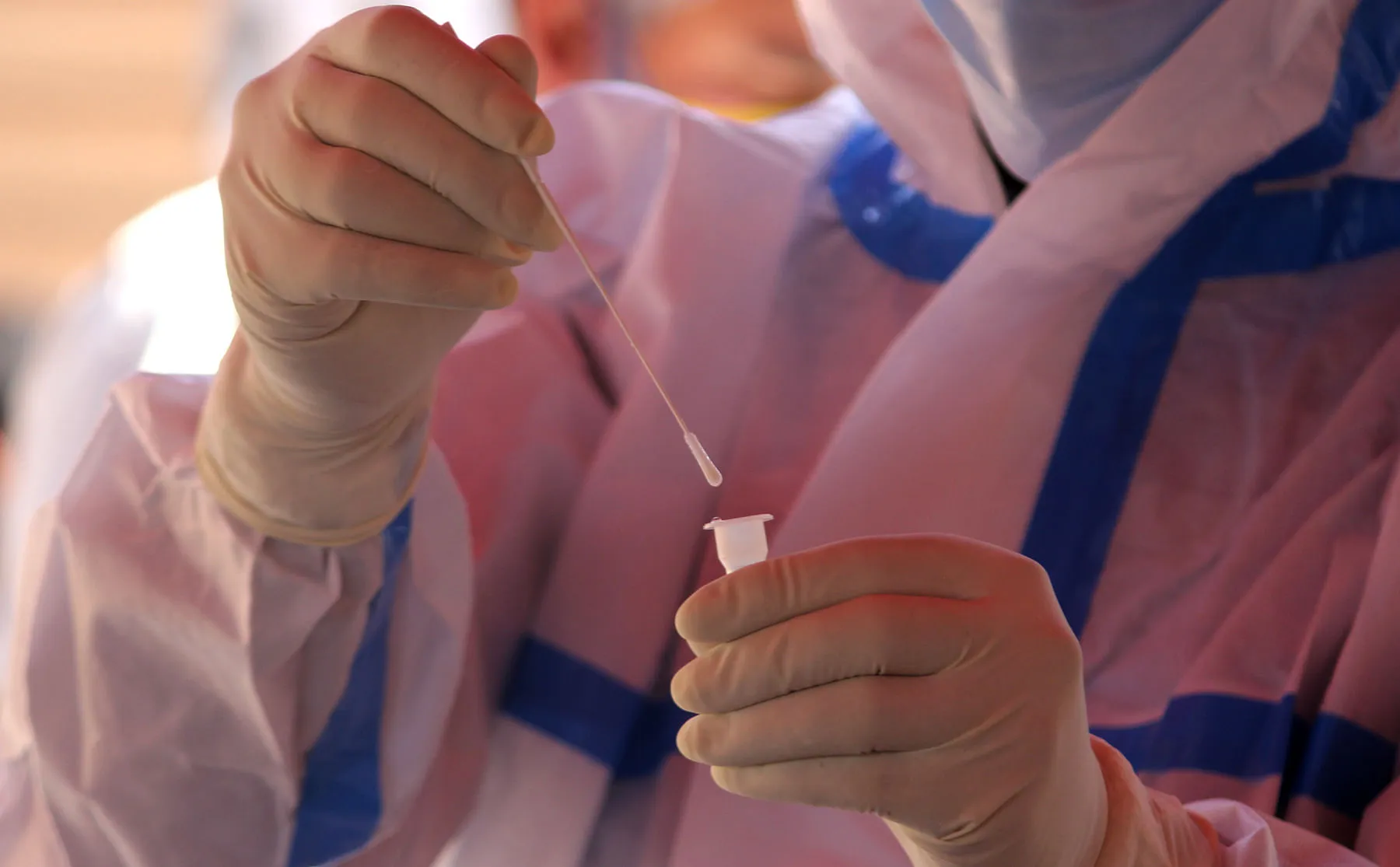The number of COVID19 cases in two south Kashmir districts has come down drastically with barely a sample returning positive for the virus.
On Wednesday, only two coronavirus cases were detected in Shopian and a single case in Kulgam.
On the same day, Srinagar saw 136 cases; Baramulla 50; Budgam 46; Ganderbal 28; Kupwara 24; Pulwama and Bandipora 17 each and Anantnag 12.
On Tuesday, only one COVID19 positive case was reported from Shopian and four from Kulgam.
On that day Srinagar saw 147 cases; Kupwara 106; Baramulla 35; Ganderbal 30; Budgam 25, Pulwama 17; Bandipora 10 and Anantnag 6.
On November 11, only two samples tested positive in Shopian and four in Kulgam when Srinagar reported 140; Ganderbal 44; Baramula 40, Kupwara 32; Budgam 31; Anantnag 14; Pulwama 11 and Bandipora 8.
A similar trend is being witnessed for the past two months.
Both the districts have a population larger than Budgam and Ganderbal.
“Every day not less than 600 tests each are being carried in these two districts,” a health official said.
He said these include rapid antigen test RAT and RTPCR sent to different laboratories.
“What we are witnessing for the past two months in these two districts is that there has been a fall in the number of reported cases,” a health official said.
He said even RTPCR testing had not been able to detect more than 5 percent cases here and RAT barely 2 percent.
“This has even been pointed out in various meetings regarding the pandemic,” the health official said.
Chief Medical Officers of Shopian and Kulgam also admitted that the number of cases in their districts has fallen drastically.
Both these districts reported cases in large numbers when the pandemic broke out and that continued for nearly six months.
According to the study conducted by the Department of Social and Preventive Medicine, GMC Srinagar, Shopian district has 31.9 percent of its studied population with Immunoglobulin–Gamma (Ig-G) anti-bodies.
Similarly, 28.5 percent population of Kulgam district that was sampled had developed anti-bodies for the virus.
“The widely distributed and sparse population can be one of the reasons,” Dr S Saleem Khan, Head of the Department of SPM, GMC Srinagar, told Greater Kashmir.
He said as the seroprevalence study was conducted in mid-October, those with anti-bodies were infected somewhere before mid-September.
“By now the seroprevalence would have increased further. As the population at risk is decreasing, so is infectivity and the cases have naturally come down,” Dr Khan said.
However, he said mass-screening was done earlier that also kept the numbers high.
“Now since we are usually testing patients who have symptoms or are immediate contacts, the numbers are comparatively down,” Dr Khan said.






